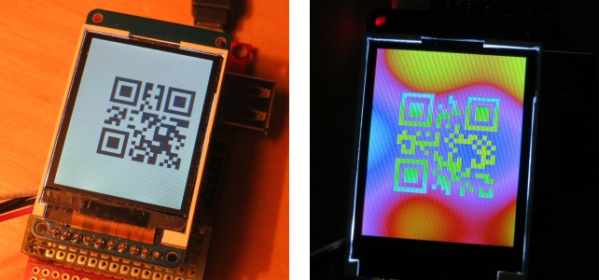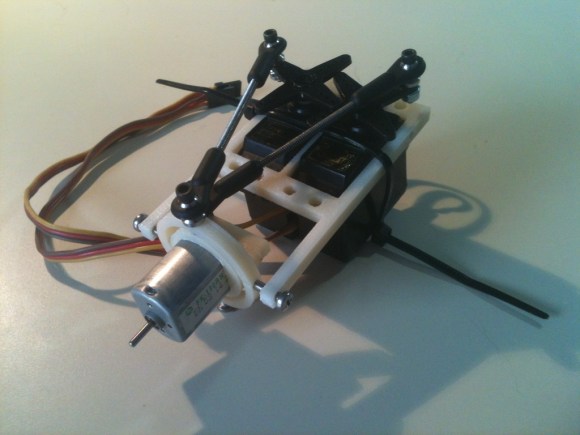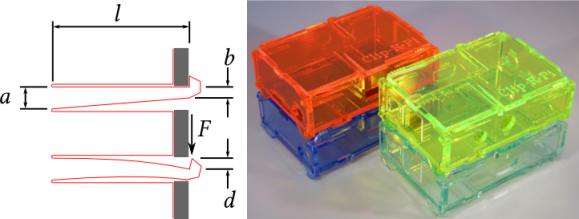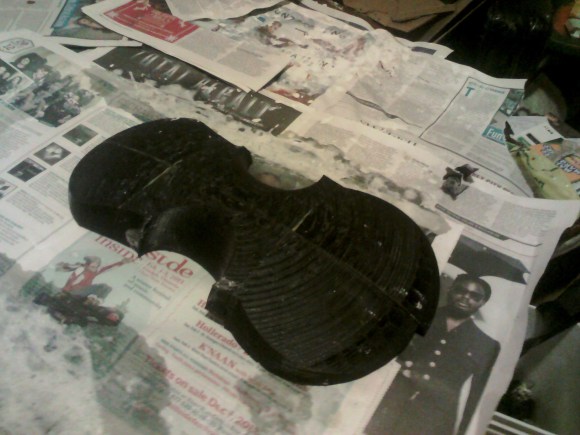Here’s a new take on the QR clock concept that uses an LCD display. The concept comes from the work [ch00f] put into his two versions of a QR clock (both of which used LED arrays). The time of day is encoded using the Quick Response Code standard. This version generates a new code each second which encapsulates date, hour, minute, and second information. If you look at the image on the left you’ll notice the code is not centered. Take a look at the video after the break and you’ll see that’s because it’s bouncing around the LCD like a screensaver. Watch a little longer and you’ll see the psychedelic effects shown in the image on the right.
A PIC32 is driving the display. It’s connected to a DCF77 radio module which feeds the system atomic clock data. The color plasma effects are used to show when the device has locked onto the radio signal.


















